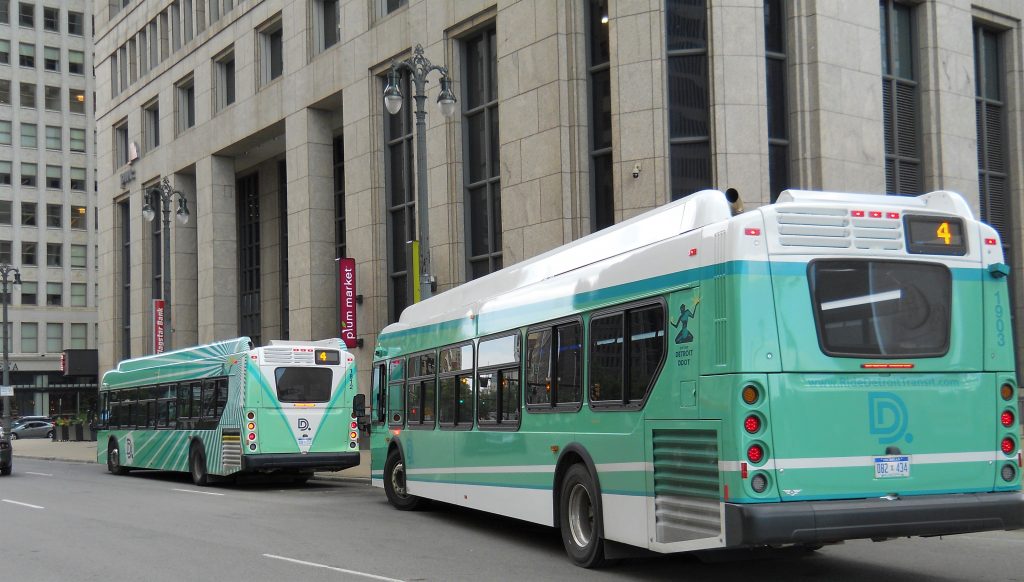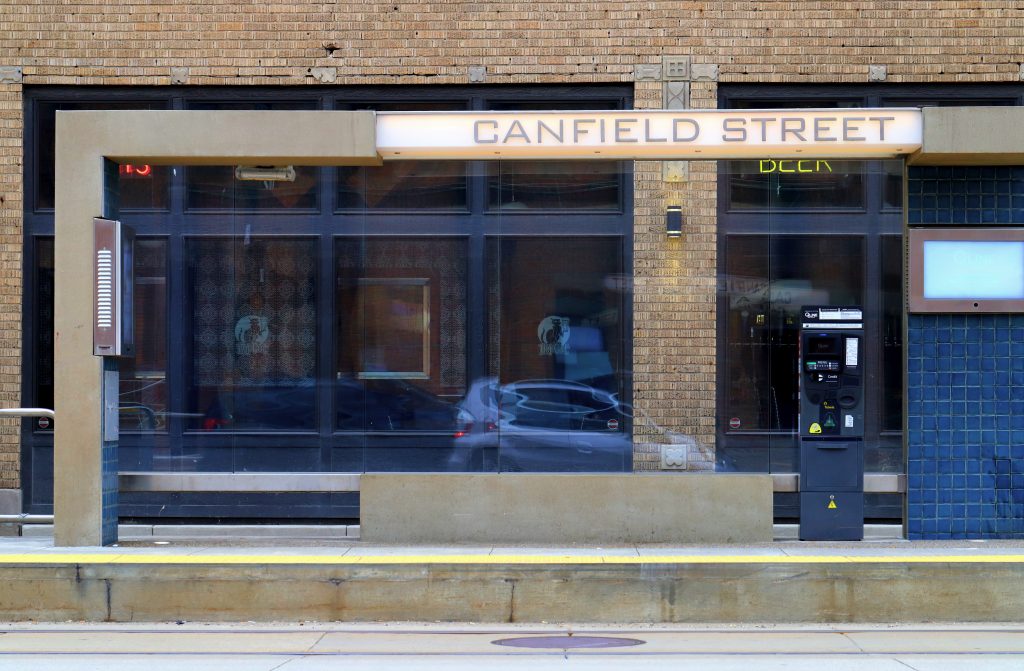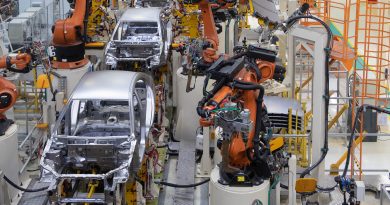Recharging the Aquifer Underneath Detroit’s Transit Desert
For those keeping count, Detroit is currently down to a total of zero— that’s a goose egg- frequent bus routes. Prior to November 15th, five DDOT bus routes were scheduled to arrive every 10-15 minutes. Since that date, the Dexter, Grand River, Gratiot, Greenfield, and Woodward lines run every 20 minutes instead. With SMART having already cut frequency on their FAST regional routes, any pretense of a big city transit network is pretty much gone. We mostly know the reasons behind this, but what are some solutions for it?
The November changes, presaged by COVID-related cuts (as everywhere else, it seems), reduced frequency on fourteen other routes. Typically those running every 20-25 minutes became half-hourly, and those every 40-55 minutes became hourly. The less-used Junction, Tireman and Clairmount lines are temporarily suspended. So is the Schoolcraft route east of Woodward, alongside and the Plymouth route, east of Gratiot & French.

Only those with no alternative will attempt a commute that means transferring to or from such infrequent routes. It marks a system at the bottom of the transit death spiral.
You could call it a service cut, and there’s been an understandable outcry. But more than anything, DDOT is being honest about the number of buses that actually make it onto Detroit’s streets. Since the advent of the pandemic, bus operator numbers have dropped from 530 to 410. Consequently about a quarter of buses are being cancelled. During the average weekday afternoon in October, more than a third of buses failed to operate. The same has been true since August.
In those immediate circumstances, it’s absolutely the right decision. A bus that reliably runs every twenty minutes is better than a fifteen minute schedule with cancellations that lead to half-hour waits. And even without a driver shortage, many agencies would prefer to run a bus every hour over every fifty minutes. That ensures memorable departure times, say ten past each hour. It also makes transfers consistent with other half-hourly or hourly buses. Of course, it still isn’t a big city transit network at that point.
The Great Resignation Vs. Transit Infrastructure
In sectors where the risk of deadly disease has caused labor shortages this year, it’s been preceded by poor wages and conditions. DDOT’s bus operators are no exception. Their discontent has been public knowledge for a long time. In October 2020, DDOT operators took strike action citing inadequate protection from COVID-19 and even increased assaults from riders. And before the pandemic in 2017, the union was expressing concerns about assaults and unsanitary conditions. For their demanding job, drivers received a base pay of just $13 an hour until this spring. The present $15 an hour remains below the national average for bus operators, not to mention the $18 offered by SMART.
Much as DDOT can be accused of stretching labor until it snapped, serving the whole city on their meager budget isn’t easy. The pre-pandemic status quo already had transit spread very thinly, with key arterials like Plymouth and Livernois served just once an hour. Only those with no alternative will attempt a commute that means transferring to or from such infrequent routes. It marks a system at the bottom of the transit death spiral.
Should lifeline service for only a very limited number of citizens be restored? Or should the long waits and overcrowding suffered by thousands of riders on major routes be fixed at the expense of unpopular routes?
In turn, the city is itself strapped for cash and measures to fund transit at the regional level have failed. And beyond the one-off federal payments to help agencies through the pandemic, the feds disproportionately fund capital projects– day-to-day operations, less so. That’s not great if the priority is just to run decent bus service. Detroit badly needs better transit, but the way to achieve it remains elusive.
What’s Next?
If DDOT’s promise of restoring service in the new year bears out, there’ll be a question of which routes are prioritised. The Clairmount, Junction and Tireman routes carried only about 200 daily riders between them, most of whom can walk half a mile to a more frequent route. Should lifeline service for only a very limited number of citizens be restored? Or should the long waits and overcrowding suffered by thousands of riders on major routes be fixed at the expense of unpopular routes? As for routes that previously ran every 40 or 50 minutes, it might be worth considering which merit improved half-hourly service, and which should remain hourly. From there, timed connections at key transfer points can ease the pain of low frequency.

With both DDOT and SMART buses at reduced frequency, the overlap between the two agencies is hurting riders. The regional FAST route on Gratiot presently runs just every 30 minutes. On Woodward it’s been cut to every 20-25 minutes, and Michigan retains its poor pre-pandemic frequency of every 45 minutes. The local SMART routes beyond the city line have seen similar frequency cuts and lost most peak service downtown. Long and unpredictable waits at the city line have thus become common.
When waits are so long, an express bus isn’t particularly useful — a local bus that’s coming soon would get you to your destination more quickly. So if reduced service is going to persist, it’s more necessary than ever that the agencies co-operate and share the operation of frequent bus routes across city lines.
Above all, the present service cuts highlight that South-East Michigan doesn’t have the kind of robust regional transit system it needs. In the best of times, it was limited. Now it’s proven unable to provide a decent service to essential workers during a pandemic. If the region is to recover, and be resilient to future events, we need properly resourced, region-wide transit. This can begin with the key, most heavily trafficked corridors, and spread out from there. There are even opportunities for transit in the new federal infrastructure bill. Maybe.
But it’s going to require more attention than the current mayoral administration’s approach of, “we promise to deliver better when we cut service!” We’ve heard this one before, and it doesn’t tend to have a happy ending.
Support accessible mobility and transit through the Transportation Riders United and the Motor City Freedom Riders! Or, follow our ongoing series on infrastructure and mobility.




